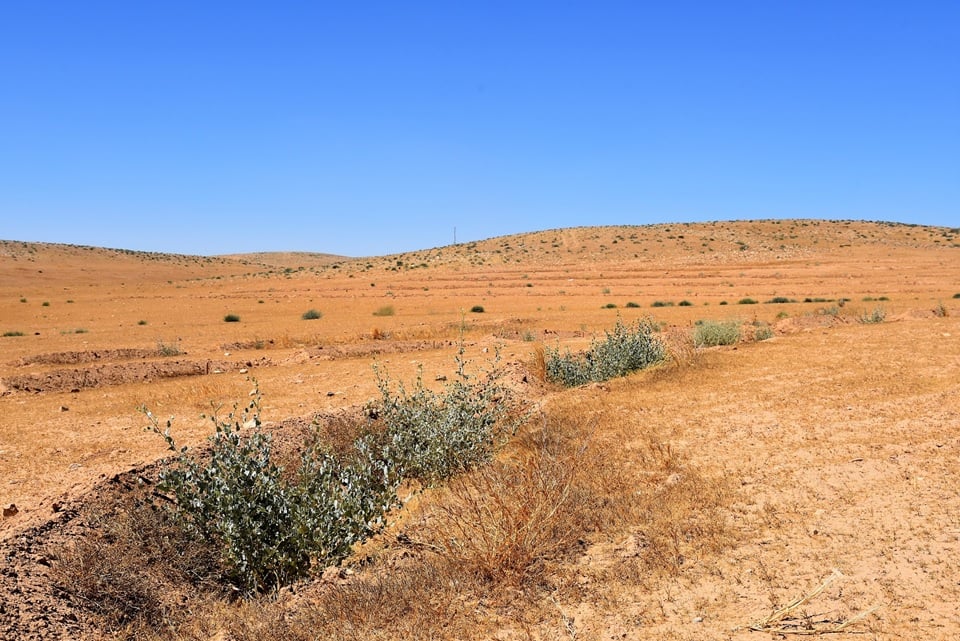A new research has found that an area of land nearly a third larger than India has turned from humid conditions to dryland – arid areas where agriculture is difficult – in the past three decades.
Drylands now make up 40% of all land on Earth, excluding Antarctica, according to available data. Three-quarters of the world’s land suffered drier conditions in the past 30 years, which is likely to be permanent, according to the study, by the UN Science Policy Interface, a body of scientists convened by the United Nations.
The report also found that Africa lost about 12% of its GDP owing to the increasing aridity between 1990 and 2015. Even worse losses are forecast: Africa will lose about 16% of its GDP, and Asia close to 7%, in the next half decade.
Ibrahim Thiaw, executive secretary of the UN convention to combat desertification (UNCCD), said: “Unlike droughts – temporary periods of low rainfall – aridity represents a permanent, unrelenting transformation.
“Droughts end. When an area’s climate becomes drier, however, the ability to return to previous conditions is lost. The drier climates now affecting vast lands across the globe will not return to how they were, and this change is redefining life on Earth.”
Read also: Canada man recovers in hospital after polar bear attacked
Some crops will be particularly at risk: maize yields are projected to halve in Kenya by 2050, if current trends continue. Drylands are areas where 90% of the rainfall is lost to evaporation, leaving only 10% for vegetation. Two-thirds of land globally will store less water by mid-century, according to the report published on Monday.
Governments are more than halfway through a global conference in Riyadh, which concludes this Friday, under the UNCCD. Saudi Arabia is one of the world’s most arid countries, and is anxious to use the fortnight of talks to gain global agreement on halting the degradation of the world’s lands, and begin restoring affected areas.
Despite hosting the conference, Saudi Arabia has appeared reluctant to talk about the climate crisis, which is the key driver of desertification around the world. Saudi Arabia played an obstructive role at a key climate summit, the UN framework convention on climate change conference of the parties (Cop) in Azerbaijan last month.
The world’s water problems are fast growing more acute as a result of global failure to tackle greenhouse gas emissions. According to the UN SPI (science-policy interface) study, as of 2020, about 30% of the population – 2.3 billion people globally – lived in drylands, up from about 22.5% in 1990.
By 2100, this is projected to double, if too little is done to reduce carbon emissions. Nearly half of Africa’s people already live in drylands.
Barron Orr, chief scientist at UNCCD, said: “For the first time, a UN scientific body is warning that burning fossil fuels is causing permanent drying across much of the world, with potentially catastrophic impacts affecting access to water that could push people and nature even closer to disastrous tipping points.”
Story was adapted from the Guardian.
